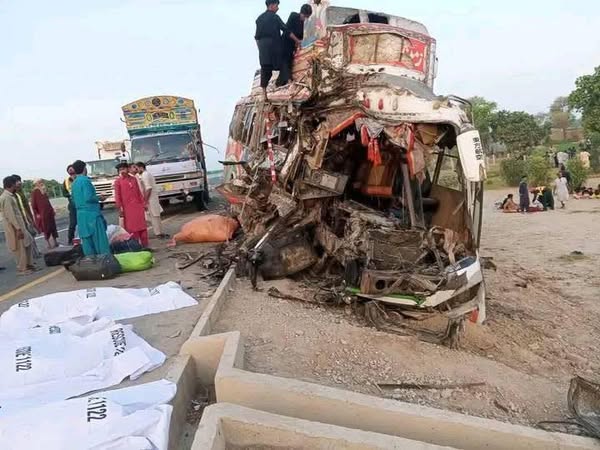“India Attacked Pakistan: A Response as Complex as the Situation” – Mohsin Naqvi

In the tumultuous world of geopolitics, the relationship between India and Pakistan has always been one of tension, rivalry, and, at times, outright hostility. The possibility of a military confrontation between these two nuclear-armed nations has long been a source of global concern. But what happens when one of them takes the first step—launching an attack on the other? According to renowned Pakistani columnist and analyst Mohsin Naqvi, the response to such a move is not simply binary; it’s multifaceted, and the implications are far-reaching.
The Imbalance of Power and the Nature of Response
India and Pakistan, though neighbors, have vastly different military capabilities, economies, and international influence. India, with its larger economy and a more technologically advanced military, holds a significant upper hand in a conventional conflict. However, this doesn’t mean that Pakistan is without recourse, especially considering the nuclear deterrence both nations possess.
Naqvi posits that any attack from India would likely provoke a response from Pakistan, but not necessarily in the form of an equivalent military strike. Pakistan’s approach to retaliation would likely be informed by several factors: the nature of the attack, the strategic goals of India, and the broader international environment. A direct, military retaliation could escalate the situation dangerously, drawing in international powers and potentially leading to a full-scale war—something both sides would want to avoid at all costs.
Instead, Pakistan’s response would likely be calculated and strategic. It could range from diplomatic pressure on India, galvanizing international support, to more covert forms of retaliation that might not immediately escalate the conflict but would send a strong message to India.
The Role of International Dynamics
Naqvi also emphasizes the role of international powers in the response. The United States, China, and Russia, among others, would likely intervene, not necessarily to mediate directly, but to ensure that the conflict doesn’t spiral into a regional catastrophe. For Pakistan, diplomatic maneuvering would be crucial in managing its response.
In recent years, Pakistan has strengthened its diplomatic ties with China, a major ally in the region, and could leverage this relationship to secure international backing or to deter Indian aggression. The international community, too, would have its role to play in moderating the situation, especially given the global implications of a nuclear confrontation.
The Role of Public Sentiment
In Pakistan, the public’s response to an Indian attack would be a critical factor in determining how the government proceeds. Naqvi notes that public sentiment in Pakistan, often fueled by a sense of national pride and historical grievances against India, could push the government to take a hard stance in the face of aggression. The rhetoric from politicians and media would likely amplify the intensity of the situation, creating a highly charged atmosphere that could make diplomatic resolutions more challenging.
Simultaneously, Pakistan would need to balance public expectations with the reality of military and strategic limitations. A disproportionate or emotionally driven response could exacerbate tensions and escalate the conflict, while a measured response might be seen as a sign of weakness by some factions.
Beyond the Battlefield: The Psychological Warfare
In modern warfare, military tactics are not the only tools at a nation’s disposal. Psychological warfare and information campaigns have become crucial in shaping public perception and international opinion. Naqvi suggests that Pakistan might choose to focus on highlighting India’s aggression in international forums, such as the United Nations, to gain global sympathy and support.
Moreover, both nations would likely engage in cyber warfare, a tool increasingly used in geopolitical conflicts. Attacks on infrastructure, misinformation campaigns, and cyber espionage would be part of a larger, unseen war that could have consequences far beyond the physical battlefield.
Conclusion: The Path Forward
In Mohsin Naqvi’s analysis, a military attack by India on Pakistan would not lead to a singular, predictable outcome. The response would be shaped by a complex mix of military strategy, international diplomacy, public sentiment, and psychological warfare. While both nations have nuclear weapons, neither is likely to initiate full-scale warfare unless pushed into a corner. The global community, too, would play a crucial role in preventing escalation.
Ultimately, the path forward would require careful diplomacy and strategic restraint from all parties involved. As Naqvi suggests, the response to an Indian attack would not be a simple one, and its consequences would reverberate far beyond the borders of South Asia.





Very Good Work
